The Korean War (1950-1953) was a short but brutal conflict between North Korea, backed by China and the Soviet Union, and South Korea, backed by a United Nations (UN) coalition.
Viewed by Western allies as a fight against the forces of international communism, the Korean War was among the first actions of the Cold War and set the stage for decades of hostility.

How did the Korean War begin?
The Korean War began on 25th June 1950, when communist North Korea invaded South Korea. But its origins lie in the Partition of Korea, which took place at the end of World War Two.
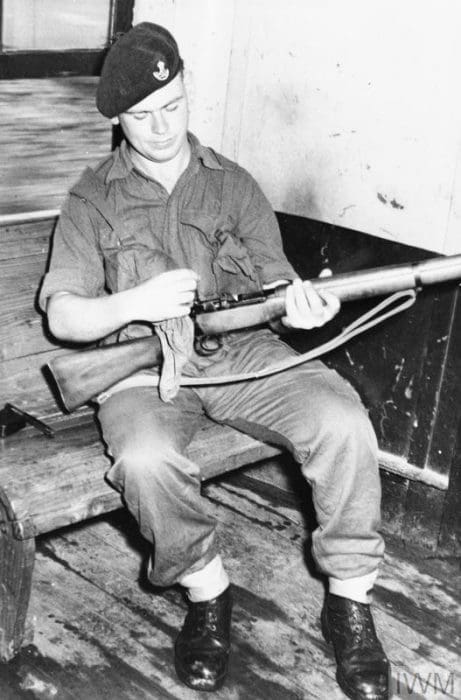
The Partition of Korea, 1945
Korea had been a Japanese colony from 1910 to 1945, when it was liberated by Allied forces at the end of World War Two. Due to concerns over ‘spheres of influence’, the United States and the Soviet Union agreed to divide Korea into two occupation zones: the communist Democratic People’s Republic of Korea (North Korea) and the US-backed Republic of Korea (South Korea).
Due to Cold War tensions, the zones became two sovereign states, divided at the 38th Parallel, in 1948. Although the US and the Soviet Union withdrew their troops in 1949, tension between the two nations continued to mount.
Invasion of South Korea, June 1950
On 25th June 1950, North Korean forces crossed the 38th Parallel into South Korea. Their aim was clear: to reunify the Korean Peninsula as a communist state.
The newly-formed UN called on its members to protect South Korea, with US troops swiftly deployed. They were joined by the troops of many nations, including Britain, Canada, Australia, India, Ethiopia, France and the Philippines.

Landings at Inchon, September 1950
By August, North Korean forces had overrun vast swathes of South Korea, with UN forces retaining a small defensive perimeter in the country’s south east, near Busan. In September, UN Commander General MacArthur launched a daring amphibious landing at Inchon (now called Incheon), a port on South Korea’s western coast held by North Korea.
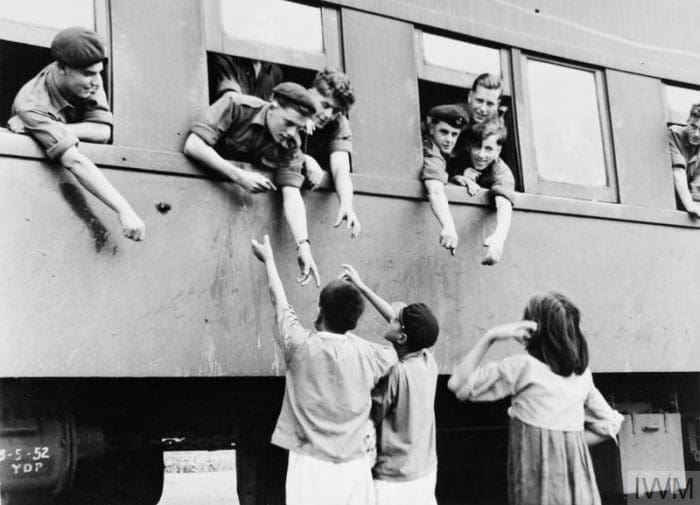
China Intervenes, November 1950
His forces repelled the North Korean Army and rapidly advanced north across the 38th Parallel into North Korea, capturing the capital Pyongyang. By late November, they had come within 40 miles of the Chinese border. At this stage, the Chinese People’s Volunteer Army was deployed into North Korea to push the UN back into the south.
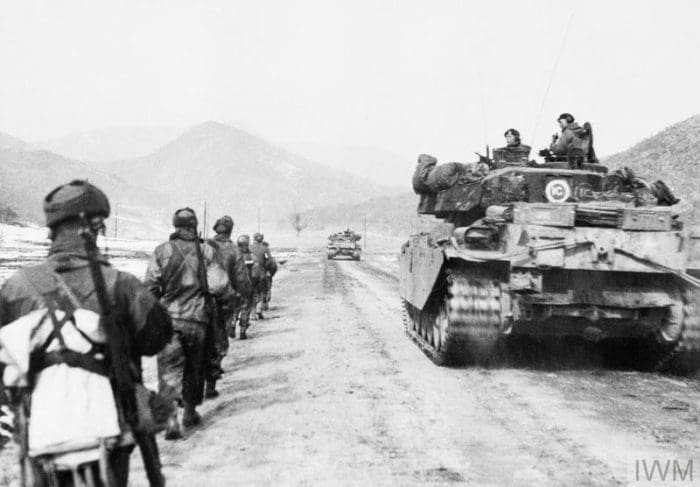
The Battle of the Imjin River, April 1951
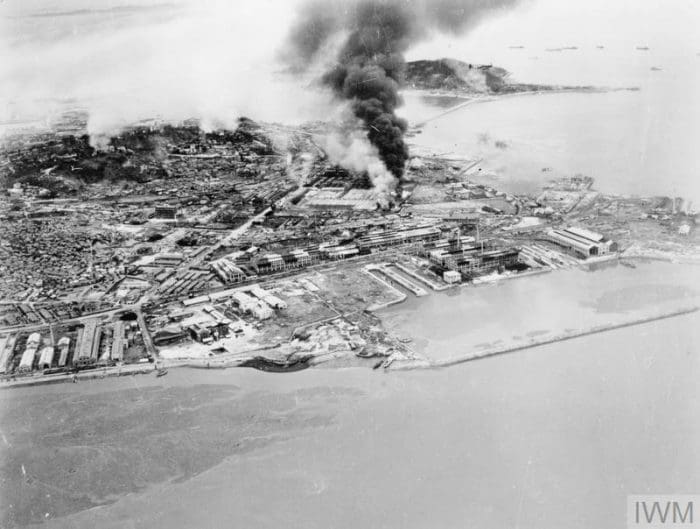
The Battle of the Imjin River was the bloodiest battle endured by the British Army since World War Two. On 22nd April, Chinese forces attacked the British 29th Brigade, which was supported by Belgian forces along the Imjin River. Heavily outnumbered, troops of the 1st Battalion, Gloucestershire Regiment held their position for three days before they were forced to retreat amid heavy casualties. 527 men were taken as Prisoners of War by the Chinese.
The brave actions of British and Belgian forces gave UN forces the chance to withdraw to a stronger position and block the Chinese advance on Seoul.
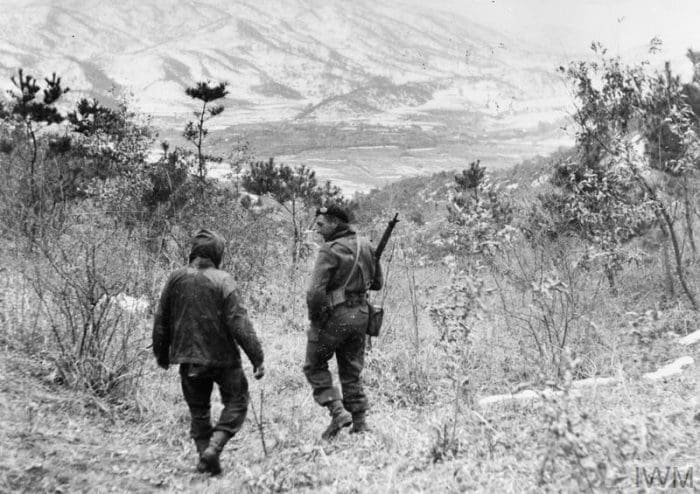
Stalemate, 1951-53

The Battle of the Imjin River marked the end of the mobile phase of the war, demonstrating that the Chinese and North Koreans did not have the capacity to defeat UN forces. The war entered a period of stalemate, with the UN undertaking a naval blockade and strategic bombing campaign against North Korea.
US bombs, including napalm, incendiaries and explosives, devastated North Korea, killing countless civilians and destroying an estimated 85 percent of its buildings.
Armistice, July 1953
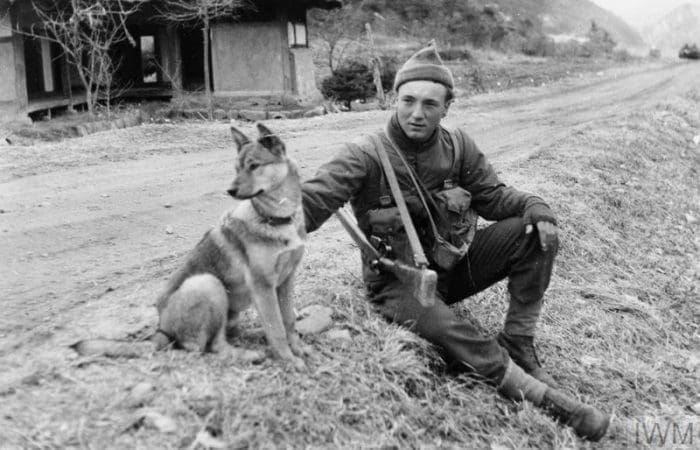
On 27th July 1953, after two years of negotiations, an armistice was agreed between North and South Korea. While the armistice ended hostilities, no peace treaty has ever been signed to re-establish relations. In that sense, the war has never ended.
Legacy
The Korean War was one of the first battlegrounds of the Cold War era, yet in Britain it remains a forgotten conflict, overshadowed by World War Two and the other Cold War battles that followed it.
But its impact is still felt by those who live with its legacy – from the soldiers who fought, to the Korean families who remain separated on either side of the 38th Parallel.


